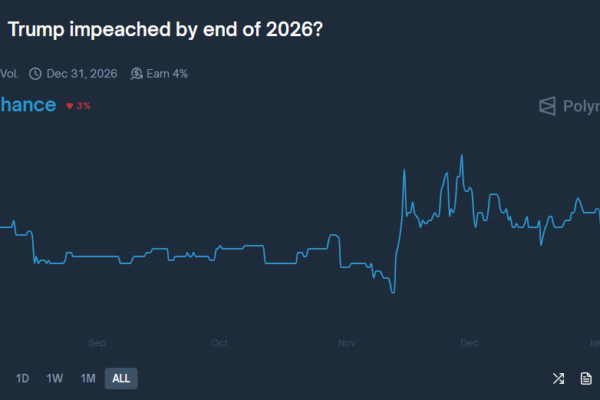Stablecoin
Definition:
A stablecoin is a type of cryptocurrency whose value is pegged, or tied, to another asset, such as a fiat currency (e.g., USD, EUR), a commodity (e.g., gold), or even another cryptocurrency. Unlike traditional cryptocurrencies known for their high volatility, stablecoins aim to provide price stability, making them potentially more suitable for everyday transactions and as a store of value.
Mechanisms for Maintaining Stability:
There are three primary mechanisms used by stablecoins to maintain their peg:
- Fiat-backed stablecoins: These are the most common type. Reserves of the underlying fiat currency are held by a custodian (typically a financial institution) in an amount equal to the total value of issued stablecoins. For example, if $1 million worth of USD Coin (USDC) is in circulation, the custodian would hold $1 million in reserve.
- Algorithmic stablecoins: These rely on algorithms to manage the supply and demand of the stablecoin token. If the price of the stablecoin rises above its peg, the algorithm mints new tokens to increase supply and drive the price down. Conversely, if the price falls below the peg, the algorithm burns existing tokens to decrease supply and increase the price.
- Asset-backed stablecoins: These are collateralized by a basket of assets, including other cryptocurrencies, precious metals, or a combination of both. The value of the stablecoin is derived from the combined value of the underlying assets.
Benefits of Stablecoins:
- Price Stability: Compared to traditional cryptocurrencies, stablecoins offer more predictable value, making them potentially more suitable for everyday transactions and as a hedge against inflation in volatile economies.
- Faster Settlement times: Transactions involving stablecoins can be faster and cheaper compared to traditional bank transfers, especially for international payments.
- Integration with DeFi: Stablecoins play a crucial role in Decentralized Finance (DeFi) applications, enabling lending, borrowing, and other financial services without relying on traditional financial institutions.
- Store of Value: In regions with unstable fiat currencies, stablecoins can offer a more reliable way to store value compared to the local currency.
Challenges of Stablecoins:
- Peg Maintenance: Maintaining the peg between the stablecoin and its underlying asset can be challenging, especially for algorithmic stablecoins which rely on complex mechanisms.
- Centralization Concerns: Fiat-backed stablecoins rely on centralized custodians to hold reserves, potentially introducing a single point of failure.
- Regulation: The regulatory landscape surrounding stablecoins is still evolving, creating some uncertainty for their future use and adoption.
The Future of Stablecoins:
Stablecoins have the potential to become a significant force in the global financial system, facilitating faster, cheaper, and more inclusive financial services. As regulatory frameworks become clearer and the technology matures, stablecoins could play a key role in bridging the gap between traditional finance and the decentralized world of blockchain.


